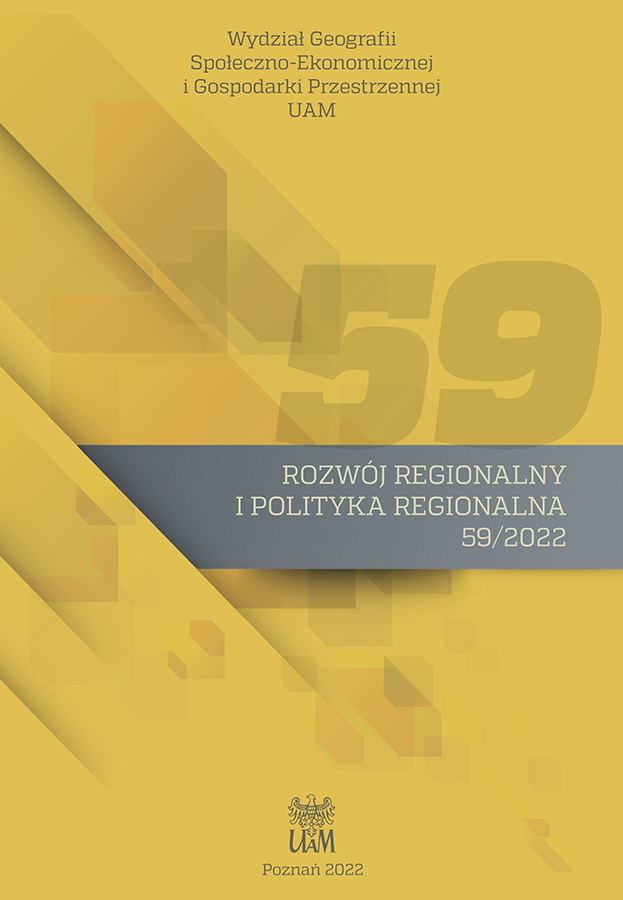Model miasta zwartego w kontekście prowadzonej polityki mieszkaniowej na przykładzie doświadczeń wiedeńskich
A model of a compact city in the context of housing policy on the example of the Vienna experience
Author(s): Barbara SamorekSubject(s): Economy, Socio-Economic Research
Published by: Uniwersytet Adama Mickiewicza
Keywords: spatial policy; housing policy; Vienna housing policy; compact city; integrated development
Summary/Abstract: The compact way of shaping urbanized centers is a natural, historically established direction of development of settlement units. Compact cities are characterized by: controlled, in opposition to the spontaneous spread of buildings, development of the urban tissue, setting the boundary of the spatial expansion of the center and a relatively high rate of investment intensity. Significant distinguishing features of the concentric shaping of urban structures are the observed tendency to maintain the spatial continuity of the development of urban tissue and to use the internal potential of the centers (brownfields, revitalization of the used resource). The direction of compact shaping of urbanized areas, thanks to the economical and effective management of resources and by enhancing the potential of cities, guarantees the multidimensional development of urban centers. Considering the changes in the settlement network in the conditions of widespread urban sprawl and the loss of some functions by central centers, the question becomes what kind of development model should be adopted and what tools should be chosen in the conditions of global functional, spatial and demographic changes in contemporary cities?Research shows that the inclusion of the housing sphere in an integrated development policy is a real opportunity to counteract the negative trends in urbanization. Studies on the Viennese housing issue – advanced in action and effective in the results of implementation – allow the identification of good practices within the urban policy that favor the concentric shaping of urban structures. The analysis of the above example gives grounds for the claim that housing is strongly correlated with urban planning. The review of the Viennese housing issue allows for articulating the relationship between the features of the housing policy and the direction of urban growth in the metropolis. The analysis of Vienna’s experience was used in an attempt to capture the prospects for the development of housing policy, including the formulation of recommendations for an integrated policy of compact cities and setting its main principles. The considerations were supplemented with the author’s discussion of the housing policy of a compact city. It is an open concept for the development of the center, adapted to the changes in contemporary agglomerations in terms of spatial and functional aspects and responding to social changes.
Journal: Rozwój Regionalny i Polityka Regionalna
- Issue Year: 2022
- Issue No: 59
- Page Range: 97-116
- Page Count: 20
- Language: Polish

